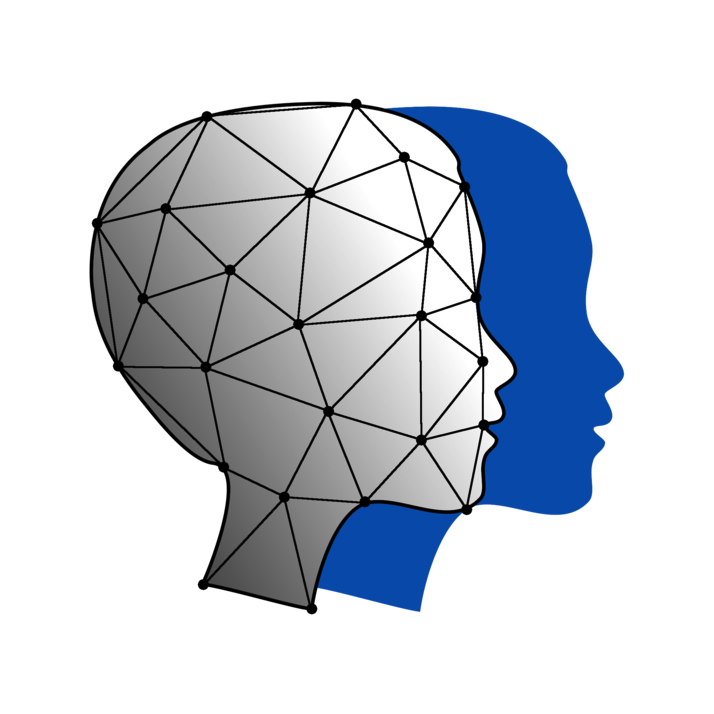Module-0
Keith Blackwood
Module 0: What Even is a Website?
- Every time you interact with a website using a browser such as Chrome or Edge, data is displayed onto your screen.
- Words, pictures, buttons you click, how it looks and what happens all creates a user experience.
- This is known as a User Interface, and is the core of Front-End development.
Why it’s important for modern web applications.
- Front-end is critical to user engagement.
- Fast-loading, intuitive, and interactive websites drive up user engagement, reduce user errors, and increase the efficient use of databases.
- Skilled front-end engineering creates websites that are adaptable across various devices, from phones and tablets to PCs.
HTML and CSS: The building blocks of webpages.
- HyperText Markup Language (HTML) provides structure with elements, while Cascading Style Sheets (CSS) define the layout and design.
- JavaScript, written inside
<script>tags, adds interactivity, making the page come alive. - Together, HTML, CSS, and JavaScript create a highly customizable and interactive User Experience.
Understanding the structure of a basic webpage.
- Go to this website (to be created) with your browser of choice, right-click, and select ‘Inspect’.
- In the Elements tab, you will see a
<!DOCTYPE html>, with a<header>and<body>section. In the<body>, you’ll notice<div>s and<script>s are present. - This structure represents the core design of a website.
The role of front-end development in healthcare applications (e.g., patient interfaces, healthcare portals).
- While back-end development shapes what data is presented, front-end shapes how the data is presented.
- Clear, clean front-end design makes it easy for a user to interact with the website.
- This allows them to easily engage with the website while providing accurate information as required.
- More advanced users, such as a clician can rapidly and efficiently access data to improve productivty.
- Good front-end design feels intuitive to use. This drives up engagement and makes users more willing to parcipiate.
What’s in This Course
Section 1 will introduce HTML and CSS
Explore the basics of front-end design and development.
Use Git Codespaces to create a simple website using HTML.
Learn how to style and make the website responsive using CSS.
Produce a static frontpage for a clinic, that will be responsive.
Section 2 will introduce JavaScript
Learn the basics of JavaScript, test knowledge on a number of small programming problems.
After the introduction,, we’ll add interactivity to websites with simple scripts.
Tutor groups
- Tutor groups?
Next Session
- HTML first steps
